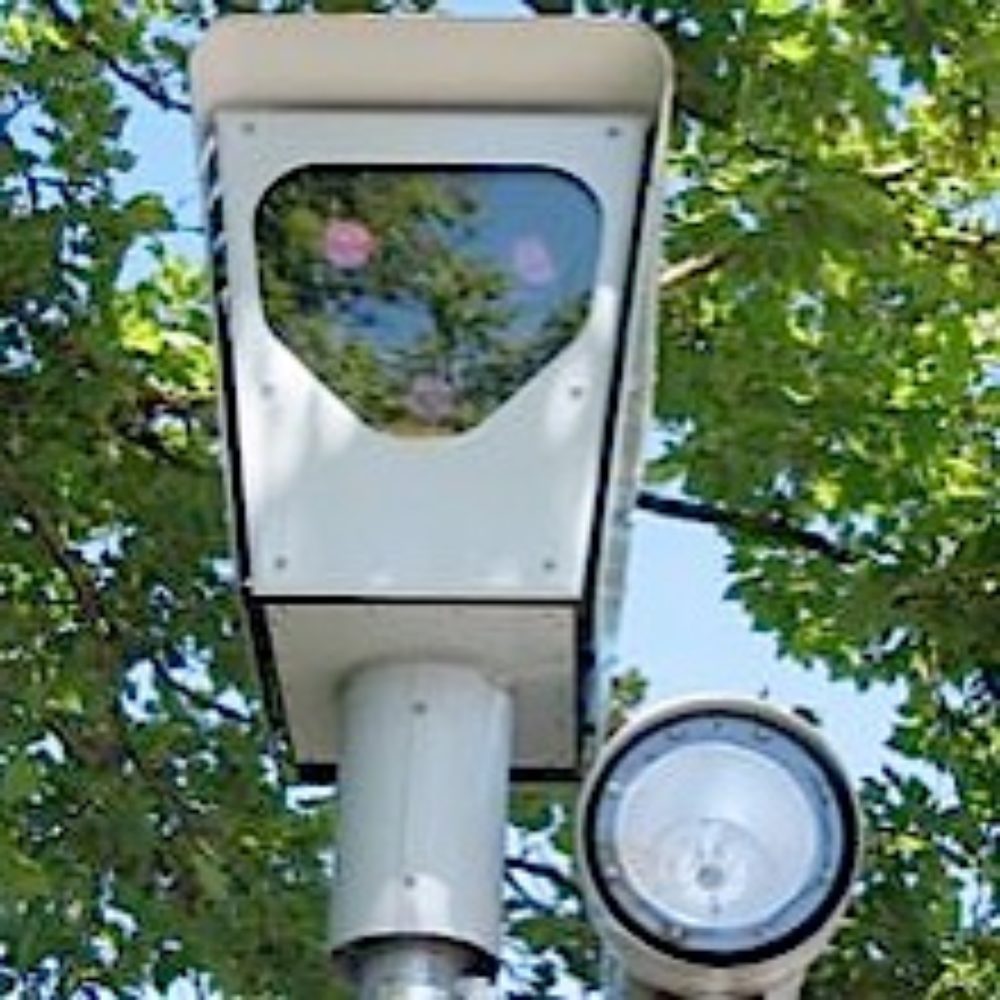Red Light Cameras Reduce Number of Fatal Auto Accidents: Study

Red light cameras may be cutting down on the number of fatal auto accidents in major cities throughout the United States, according to the findings of a new report.
On February 1, the Insurance Institute for Highway Safety (IIHS) released a report analyzing the effects of automated red light cameras in 14 of the largest U.S. cities from 2004 through 2008.
According to the analysis, at least 159 lives were saved by the cameras and IIHS estimates that if the cameras had been up in all major cities it would have resulted in 815 lives being saved.

Did You Know?
Millions of Philips CPAP Machines Recalled
Philips DreamStation, CPAP and BiPAP machines sold in recent years may pose a risk of cancer, lung damage and other injuries.
Learn MoreAutomated red light cameras take a photograph of a car’s license plate if it passes through an intersection while the signal light is red. Proponents say that knowing the cameras are there prevents drivers from running red lights, thus reducing the number of serious accidents that could result in an injury or death. However, opponents of the cameras argue that the devices are there primarily designed to raise revenue, do not always accurately reflect what happened at the intersection and may actually cause accidents.
IIHS researchers looked at 99 U.S. cities with populations of more than 200,000 and compared those that had red light cameras from 2004 through 2008 with those that did not. They found that the 14 cities with the cameras had an overall drop of 35% in the number of fatalities tied to drivers running red lights, compared to a 14% drop overall in cities that did not have the cameras.
The researchers also determined that all fatal crashes at intersections with signals dropped 14% in cities with cameras, while it rose 2% in cities without the cameras, which is where they determined that the cameras had saved 159 lives.
On a city-by-city basis, the numbers varied widely. Bakersfield, California, and Raleigh, North Carolina, saw increases in red light running fatalities, and Baltimore, Maryland, had a decrease of just 14%, which put it on par with cities that did not have the cameras.
The National Motorist Association (NMA) and some other organizations opposing the cameras rejected the IIHS findings. Several days after the study’s findings were released, NMA President James Baxter slammed the study, saying it was based on poor or intentionally misleading science.
“Saying IIHS pulled this number out of thin blue air would be a tremendous compliment,” Baxter said in the NMA press release. “There is no meaningful evidence that red light cameras saved any lives in this or any other time period. The only credible evidence that does exist indicates that red light cameras have caused a lot of accidents.”
The NMA states that when the IIHS study looked at cities with red light cameras, they made no distinction regarding which intersections had the cameras and which did not. Meaning that the lowered death rates could have been at intersections that did not even have cameras installed and the IIHS numbers would fail to reflect that. NMA also claimed that the study did not take into account long term trends of dropping fatality rates overall and other factors.
The NMA said that according to its own analysis. Fatalities have been dropping at intersections without cameras nationwide, but have increased at intersections that have installed the devices.
Photo Courtesy of: Clipdud via Wikimedia Commons by CC 3.0
Want a weekly update on top lawsuits, recalls & warnings?
"*" indicates required fields
1 Comments





BarrieAugust 29, 2012 at 11:14 am
When we first included the Red Light Camera featrue in our program, I never really got to see it in action as San Jose does not have many Red Light Cameras. I did get a ticket in Fremont before this featrue was implemented. Night time, Rainy Day, Car behind me was close to my rear bumper, so I was forced to go through the yellow light. Lights flashed, and to make a long story short, I recieved [Show More]When we first included the Red Light Camera featrue in our program, I never really got to see it in action as San Jose does not have many Red Light Cameras. I did get a ticket in Fremont before this featrue was implemented. Night time, Rainy Day, Car behind me was close to my rear bumper, so I was forced to go through the yellow light. Lights flashed, and to make a long story short, I recieved my ticket and a photo of me cheezing through the light. Since then I have seen it work in San Francisco, and other places. It is great to prevent you from having tickets, as well as preventing accidents by giving you time to slow down and make space for breaking.